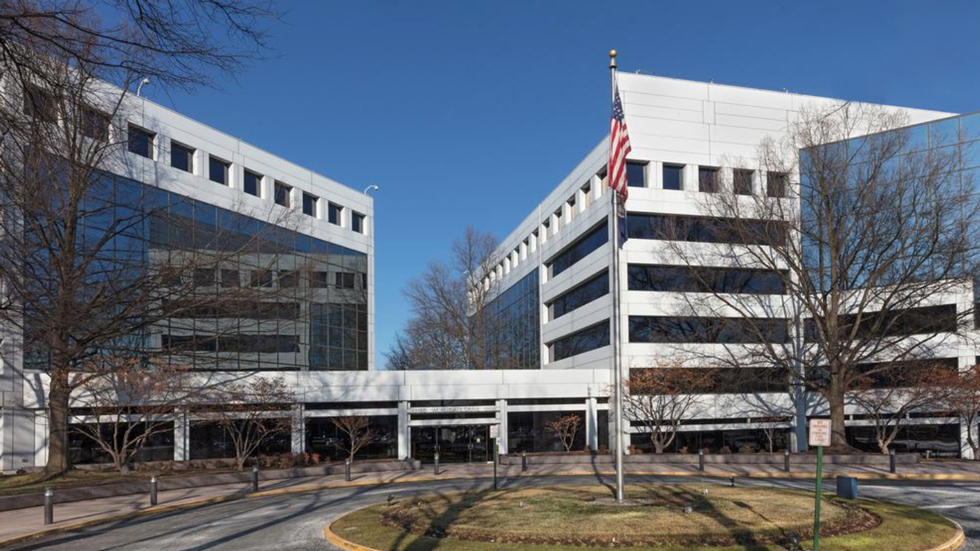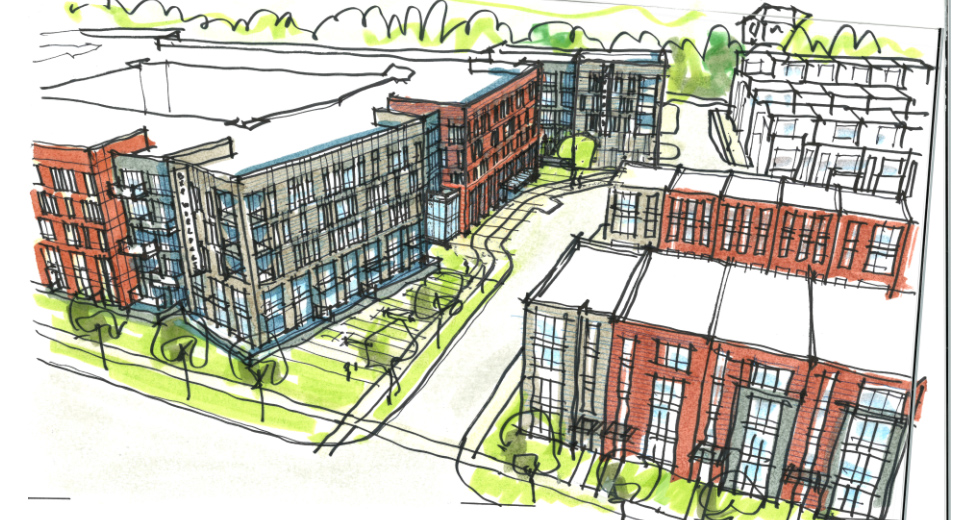August 23, 2023
Adaptive Reuse Offers Creative Solutions for Underutilized Commercial Space
By Michele Lerner at Nareit
Cities across the country, including Los Angeles, San Francisco, Chicago, Washington, D.C., Boston, and New York are taking steps to make adaptive reuse—repurposing buildings for something other than their original use— easier and more cost-effective for developers. It’s part of a broad effort to address ongoing housing shortages as well as provide opportunities for new commercial uses for underutilized real estate.
Doug Ressler, manager of business intelligence for Yardi Matrix, a commercial real estate data and research firm, says the market is “looking for creative solutions and is reacting to changing conditions such as the general lack of housing. We’re also at an inflection point for commercial real estate, especially offices, with people recognizing that we won’t go back to what it was like 10 years ago.” He adds, though, that “adaptive reuse isn’t a panacea.”
As businesses from Alphabet to Zoom and the federal government announce new return to office mandates and hybrid options, there continues to be uncertainty about how much space companies will eventually need and how that space should be configured.
Incentivizing adaptive reuse
Amidst the continued uncertainty, most cities are doing something to try to address vacant buildings downtown, says Tracy Loh, a fellow with the Anne T. and Robert M. Bass Center for Transformative Placemaking at the Brookings Institute.
“The key for downtown neighborhoods to recover is flexibility,” Loh says. “Probably 10% or less of office buildings are conducive to conversion to apartments, so it makes sense to allow repositioning for other uses such as retail business, light industrial, or storage.” Zoning reform can be crucial to encourage adaptive reuse, she adds.
“Cities can amend their zoning overlays to make it easier to use office space for other types of businesses such as day care centers, schools, pet care facilities, and wet labs that are often not allowed,” Loh says. “In Arlington, Virginia they recently added more options to their use tables for commercial buildings.”
Office-to-logistics conversions are likely to be minimal and concentrated in areas with high land costs and limited competition from other nearby properties, according to a report by leading logistics REIT Prologis, Inc. (NYSE: PLD). Some of the obstacles identified by the report include rezoning, entitlement, permitting, and approval delays compared to greenfield development.
Zoning reform, tax abatements, tax incentives, and regulatory reform are all paths that cities can take to encourage adaptive reuse of commercial buildings, especially for affordable housing, says Dennis Shea, executive director of the J. Ronald Terwilliger Center for Housing Policy at the Bipartisan Policy Center.
“For example, in Washington, D.C. the city relaxed the requirement that a certain percentage of construction workers on projects that receive government funding be D.C. residents,” Shea says. “They’re also offering a 20-year property tax break to developers who convert commercial buildings to residences.”
Actions taken by various other cities include:
San Francisco: Two city agencies issued a request for information in June to identify potential sites for adaptive reuse, estimate their feasibility for a conversion, and evaluate regulatory barriers to the projects. Property owners can propose various forms of city and federal support for their projects including tax abatements, zoning changes, and financing options.
Boston: The Downtown Office to Residential Conversion Pilot Program announced in July provides reduced property taxes of up to 75% of the standard tax rate for residential properties to commercial property owners who convert their buildings to residences. The tax rebates will last for up to 29 years, but applications are only open through June 2024 and projects must start construction by October 2025.
Los Angeles: The city is updating its 1999 Adaptive Reuse Ordinance, which streamlines the review process and eliminates some zoning obstacles to converting commercial buildings for residential use. The update will expand the program throughout the city and increase the number of eligible buildings.
California: Statewide, $400 million has been allocated for the next two years to encourage adaptive reuse. A proposal in the state legislature will limit fees, prevent parking requirements, and streamline the approval process for conversions that include an affordable housing component.
New York City: The city’s Office Adaptive Reuse Task Force has recommended a new tax incentive that it says could create as many as 20,000 new housing units over the next decade. The proposal includes rezoning areas in Manhattan to allow residential buildings, streamlining conversion policies to make more buildings eligible, and eliminating parking regulations. Mayor Eric Adam’s office and the Department of City Planning have also laid out a plan to convert vacant offices into housing as part of Mayor Adams’ “City of Yes” plan. The Adams administration is also launching an Office Conversion Accelerator to expedite complex office-to-housing conversion projects—speeding up the process of creating new housing while putting millions of square feet of empty offices to better use for New Yorkers.
Chicago: Five projects were recently selected by the city for conversion from office to residential use with the help of tax increment financing, grants for retail businesses on the ground floor, low-income housing tax credits, and historic tax credits.
The federal government is also stepping in to encourage adaptive reuse, with two tax credit bills introduced in Congress called the Neighborhood Homes Investment Act to loosen restrictions on density.
Meanwhile, “the Biden administration announced a working group to leverage federal funding to support commercial to residential adaptive reuse projects,” Shea says. “The General Services Administration (GSA) is reviewing underutilized federal buildings to see which ones might work well for conversion to housing, and the Department of Housing and Urban Development (HUD) is funding research on how to make conversions less costly.”


